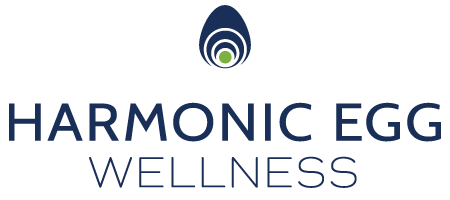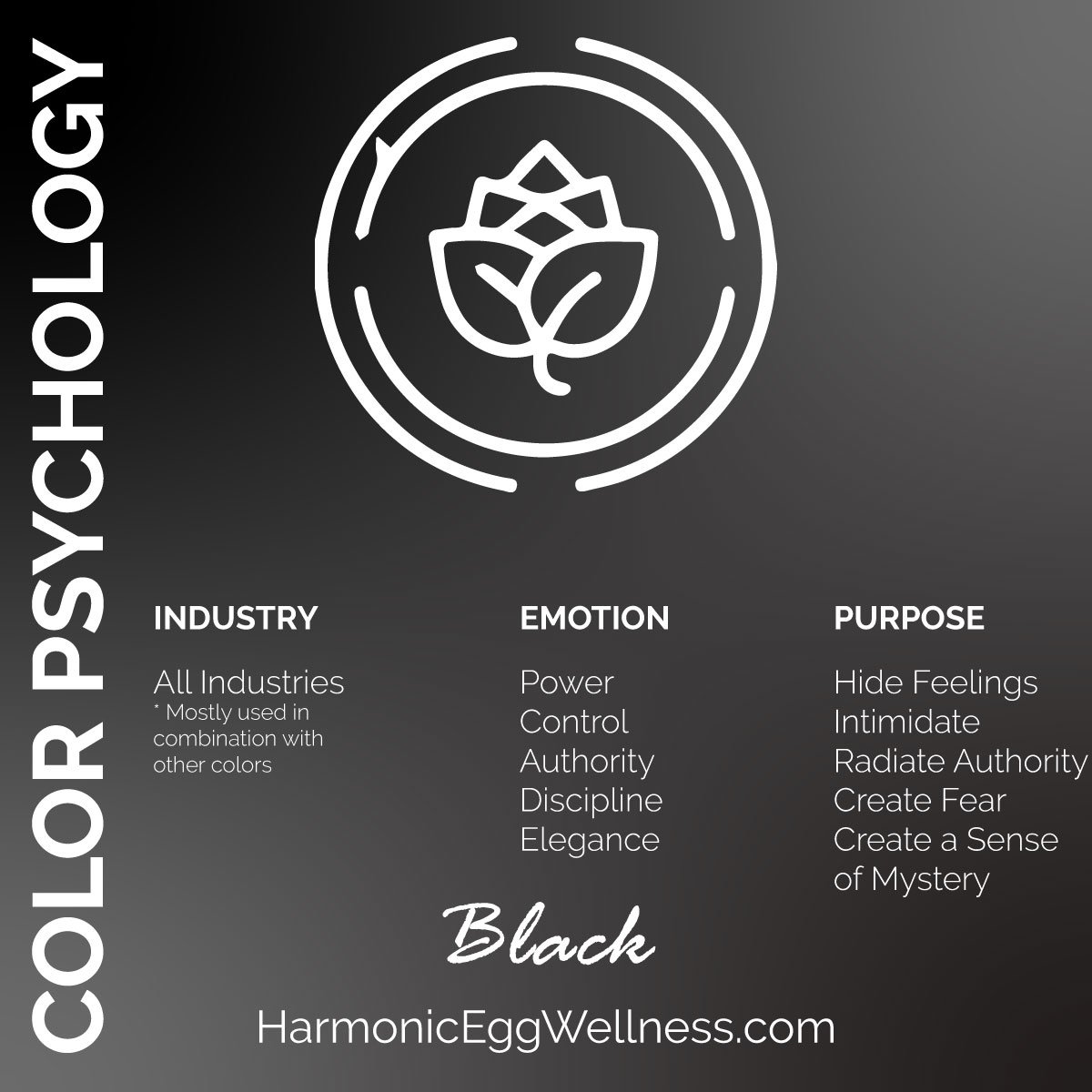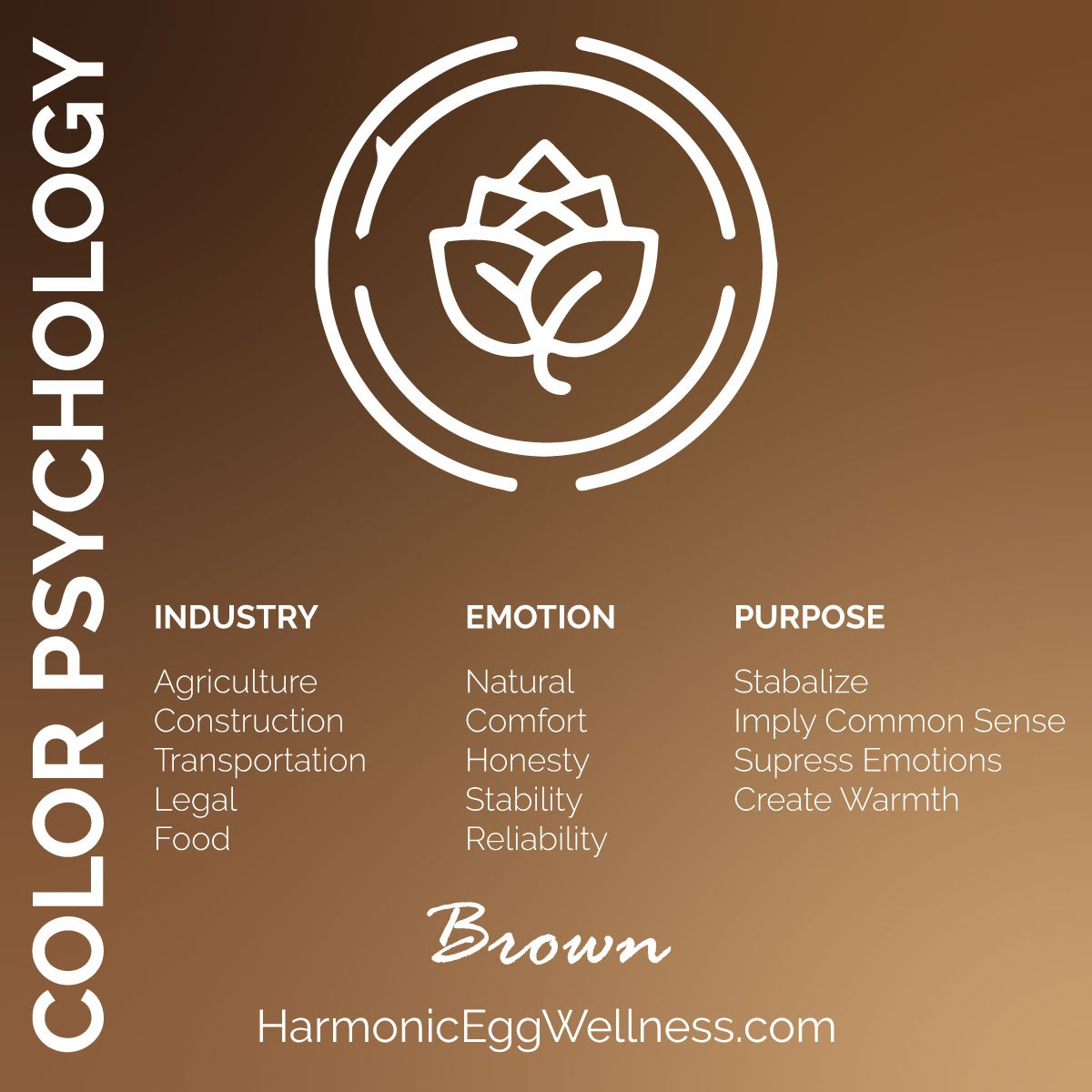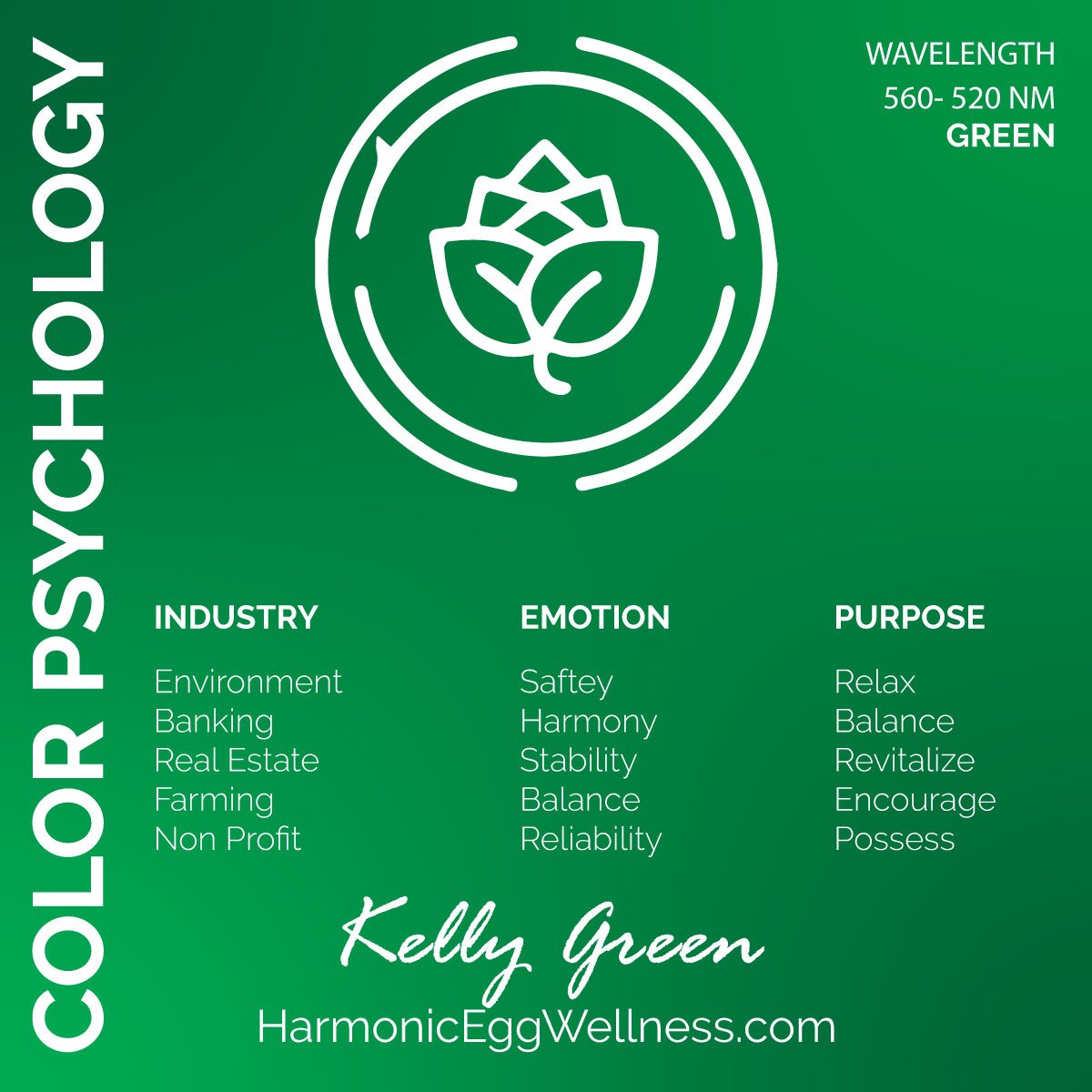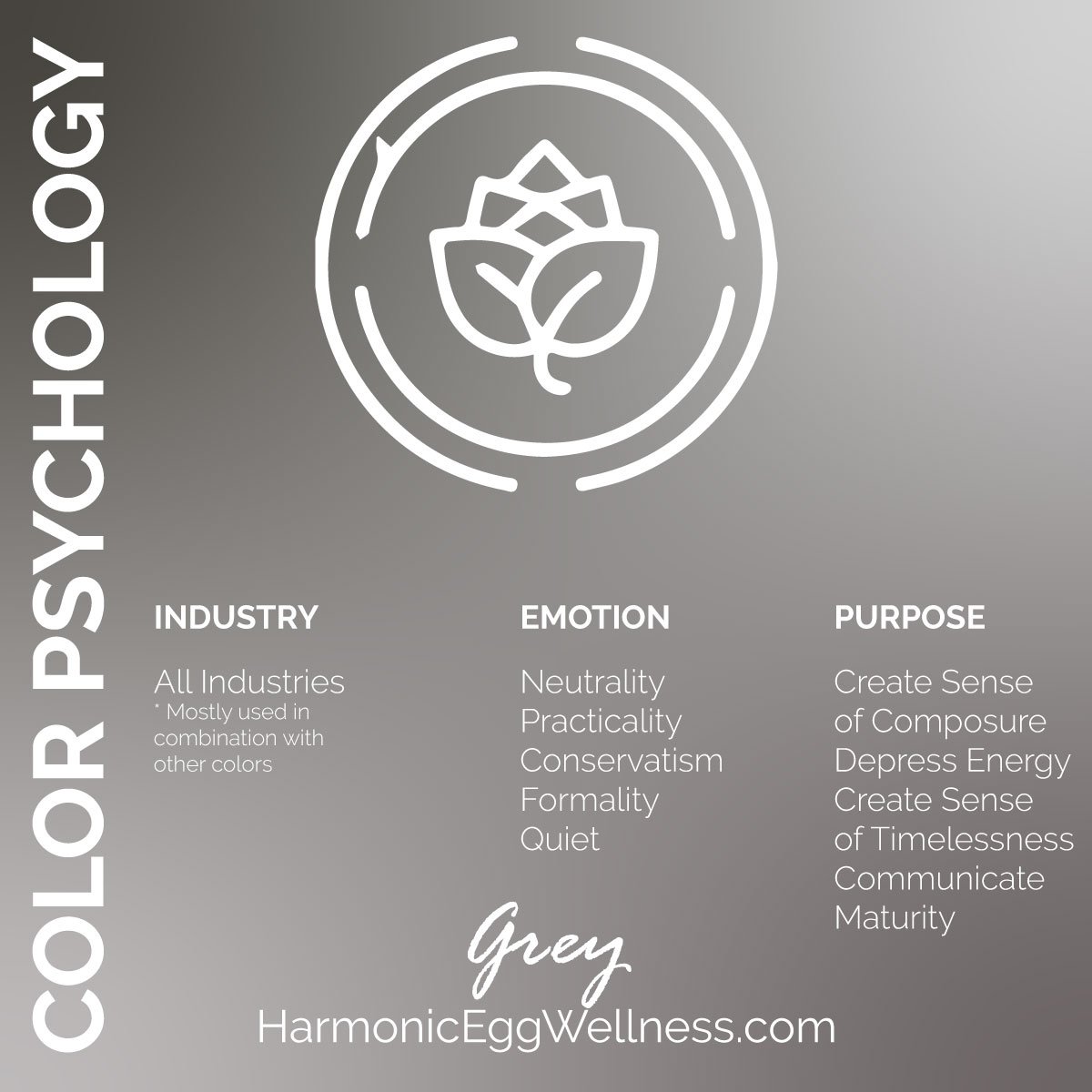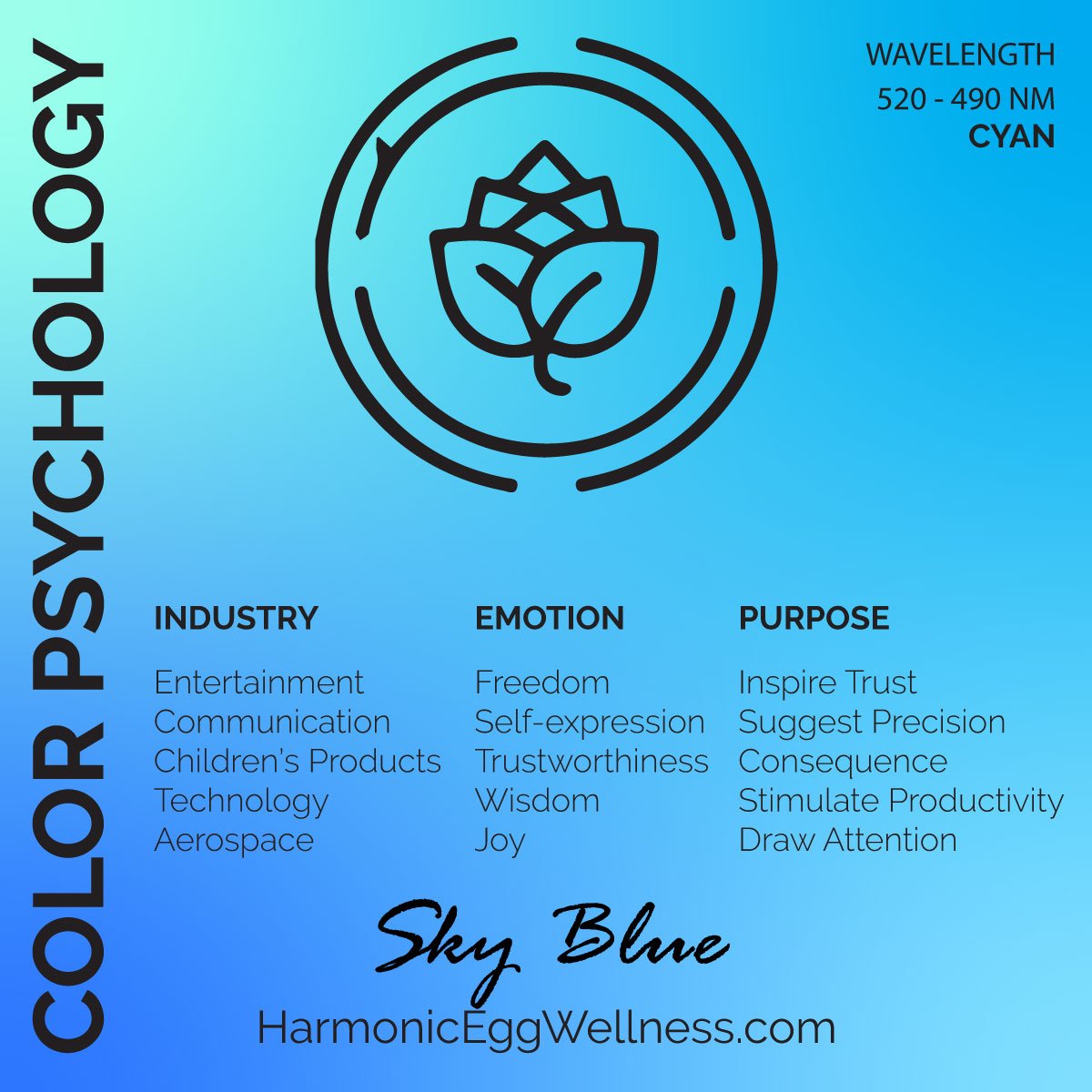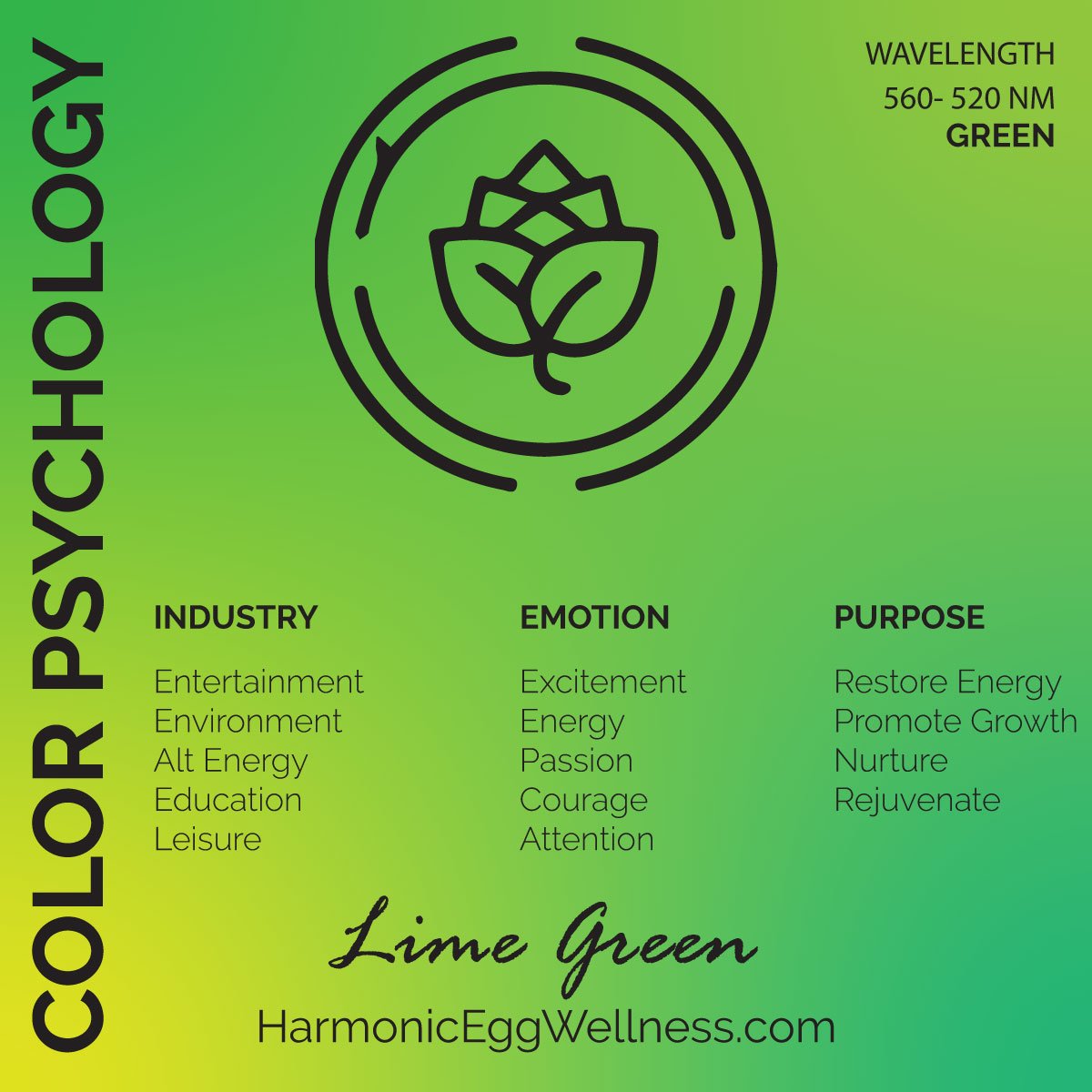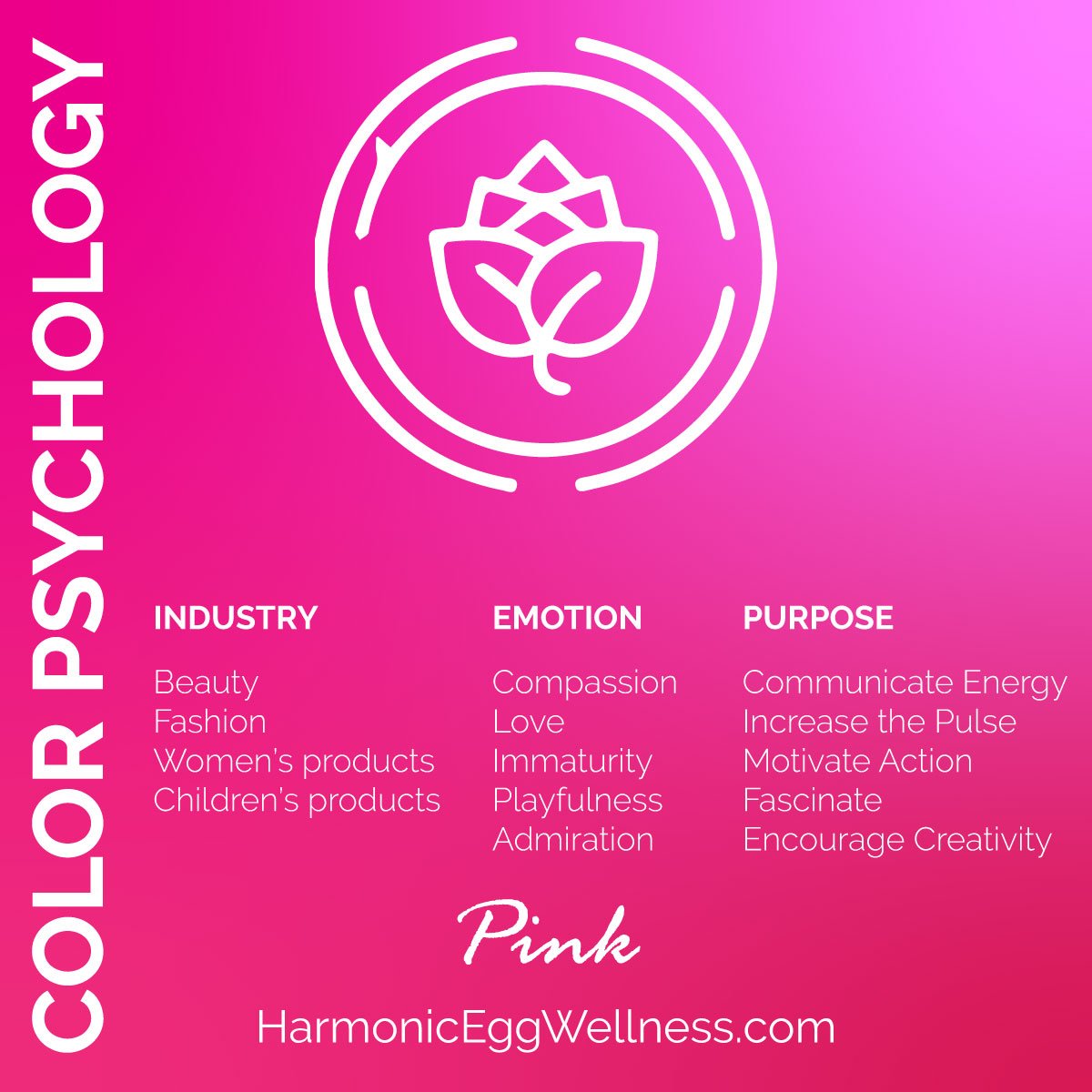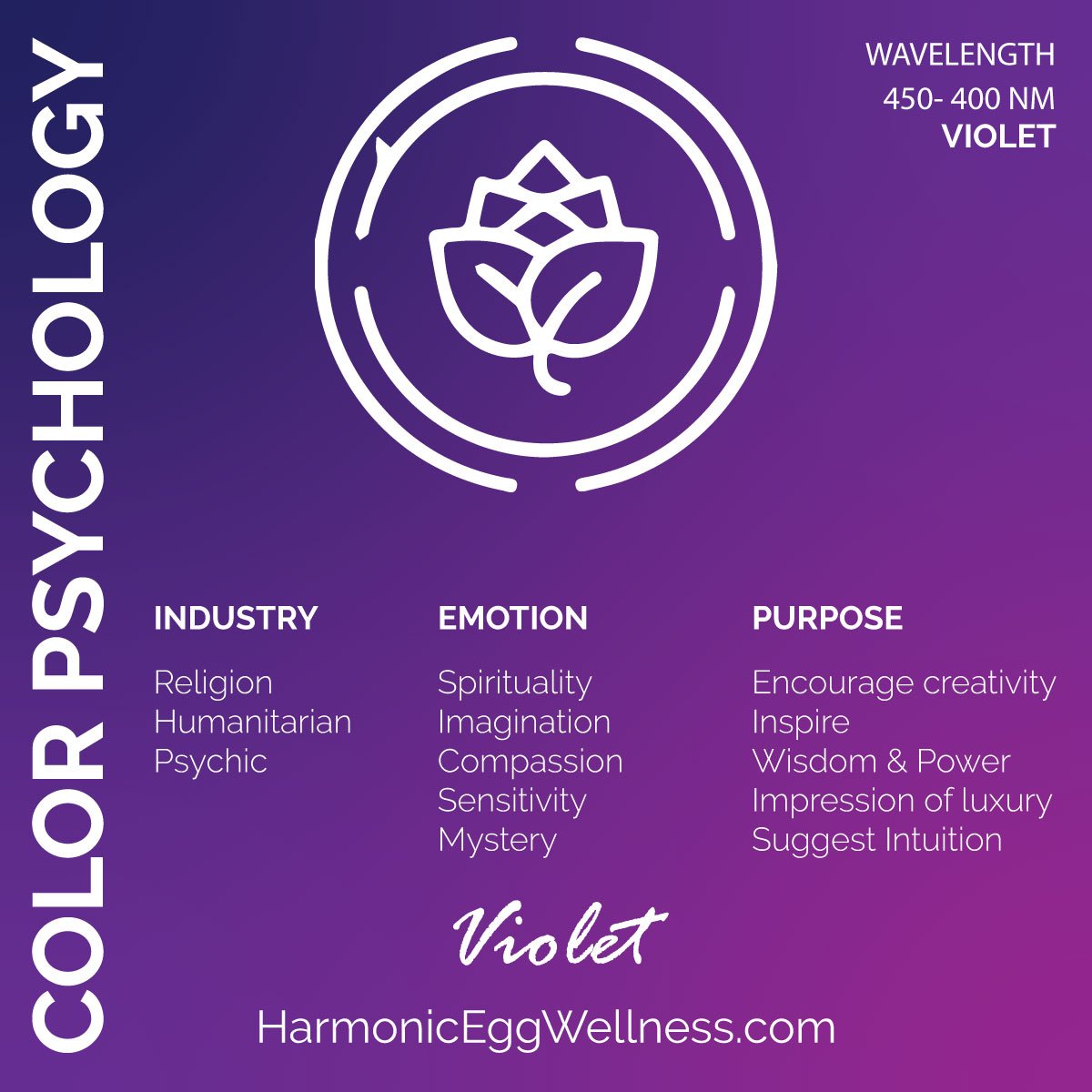The Value of Light
Image Courtesy of Pexels.com: Kaique Rocha
If my calendar is correct, we are entering that time of year when the days begin to shorten all across the country. From Boston to Barrow, Alaska, the march towards the Winter solstice has begun. As natural light becomes more and more of a rarity, many turn to light therapy for the help that they need.
Today we’ll take a closer look at Light Therapy, who it might be useful for, and at the end we’ll discuss more on how The Harmonic Egg harnesses the power of light therapy.
Light Therapy over the Years
Various examples of light therapy have been recorded all the way back to ancient Greece, Egypt, and Rome.
Early Incan, Assyrian, and German settlers all worshipped the sun as a source of health and deity. There are also examples of the sun as healing therapy in ancient Indian medical scrolls, as well as Buddhist and Chinese documents dating back centuries.
Niels Finsen is credited with being the first to develop an artificial light source for the purpose of light therapy, going on to win a Nobel Prize in 1903. From there and into the 1930’s, light therapy was considered a mainstream medical therapy in many parts of the globe. Shortly thereafter, further research started to show how light therapy might be used more effectively.
Light Therapy, or phototherapy (classically referred to as heliotherapy) mainly consists of exposure to selected frequencies of light as a treatment to effect mood, mental health, disorders such as SAD (Seasonal Affective Disorder), and even chronic migraines.
There is also evidence showing positive results from light therapy for non-seasonal disorders such as major depression.
People from all walks of life turn to light therapy for a number of reasons. It may be recommended by a doctor for seasonal affective disorder or another condition. You might be looking for a safe treatment with few side effects. You may also want to increase the effectiveness of antidepressant medication, or use light therapy in conjunction with mental health counseling.
Image courtesy of Pexels.com: RAFAEL BARROS
Seasonal Affective Disorder; More Than the Wintertime Blues
People experiencing seasonal affective disorder are mainly affected by a lack of naturally occurring daylight in the winter months, caused by shorter days and longer nights.
People experiencing seasonal affective disorder lose steam when the days get shorter and the nights grow longer. Symptoms include loss of pleasure and energy, feelings of worthlessness, inability to concentrate, and uncontrollable urges to eat sugar and high-carbohydrate foods. Although they fade with the arrival of spring, seasonal affective disorder can leave you overweight, out of shape, and with strained relationships and employment woes.
Lack of sunlight has been shown to contribute to seasonal affective disorder. Getting more light however, has been shown in some cases to reverse it. Light therapy may be effective for those suffering from SAD due to the fact that the therapy can make up for lost sunlight exposure, resetting the body’s internal clock.
Clinical studies show that light therapy reduces the effects of SAD. Results typically last for up to one month. A 2019 Cochrane review stated evidence that light therapy holds some promise for the prevention of SAD, as well as minimal risk of adverse side effects.
Light therapy has shown promise as a treatment for non-seasonal depression as well as other mood disturbances including major depressive disorder and postpartum depression.
An analysis from the Cochrane Collaboration concluded light therapy offers “promising anti-depressive efficacy”. Another 2008 study showed that light therapy is an excellent therapy tool to be included in the options of treatment, whether in combination with antidepressants, or as a stand-alone treatment for depressed patients. Yet another study demonstrated that subjecting patients with winter SAD to light therapy reduced their depressive symptoms.
How Light Therapy Works
Light therapy works by stimulating cells in the retina, further connecting to the hypothalamus. The hypothalamus is a part of the brain that is responsible for our bodies natural circadian rhythms. When the hypothalamus is activated, a normal rhythm can be established and help to alleviate seasonal symptoms.
Though we don’t know exactly why seasonal affective disorder occurs, it is likely that there are many causes. These can include changes in the body’s daily rhythm, eye sensitivity to light, and has also been shown to have an effect on how chemical messengers like serotonin function.
As a strategy used for alleviating seasonal affective disorder (SAD) and sleep problems, light therapy is a safe and inexpensive approach that can be combined with other lifestyle habits and medical treatments.
Light and Migraines
The relationship between light and migraines continues to be a complicated one. Bright lights can oftentimes bring on migraine attacks, and an aversion to light is common among those suffering from migraines.
Light therapy has also proved to offer relief for those suffering from migraines.
As for green light waves, the effect may be beneficial.
Understanding the differences between how different colored light rays effect migraines is essential to unraveling how light therapy can help.
In everyday cases, exposure to bright light during a migraine attack can worsen the migraine itself. Researchers believe receptors in the retina detect and transmit light to the cerebral cortex, the same part of the brain where migraine pain is perceived.
When experiencing a migraine, lights seem brighter than they really are. Not all light effects the brain the same however.
We see light as red, orange, yellow, green, blue, indigo, and violet. When all rays are combined they make white light. Two colors in the spectrum, however, are of special interest when it comes to migraine prevention and treatment.
Blue Light
Blue light has a shorter wavelength and more energy than other light rays. Blue is often the largest component of white light. Blue light induces stress to the eyes. Overexposure can lead to headaches, migraines, or overall eye fatigue.
In other words, blue light is everywhere.
Major sources of blue light include cell phones, computer monitors, flat screens, LEDs, and fluorescent light bulbs.
Green Light
Green light on the other hand, does not stimulate retinal paths as much as other light rays, and is therefore less likely to trigger a headache or migraine. Green light therapy has shown uses both at home and in clinical settings.
One 2018 study found white, blue, amber, and red lights as the cause of headaches in over 80% of participants, meanwhile green light just 3%. Another study found that exposure to green light actively decreased susceptibility to light sensitivity.
If suffering from light sensitivity, lifestyle strategies for managing migraines, such as avoiding certain types of light such as blue light, can be useful in improving quality of life.
Planning Your Approach
Although light treatment is relatively safe, here are a few precautions if you want to try it.
Before investing money and time on any therapy, it’s important to evaluate your personal situation and do some research on the types of therapy available today.
Also, keep in mind that symptoms of S.A.D., as well as other forms of depression, can have many causes. Be sure to review all treatment options, and consider if talking with a physician is necessary.
Light and The Harmonic Egg
The Harmonic Egg harnesses the power of light therapy (among other technology such as sound therapy, a zero gravity chair, and sacred geometry) to bring our clients into a deeply meditative and healing state.
Read below of a firsthand experience with the Egg:
“When you walk into the room and see the Harmonic Egg for the first time, one of the first things you will notice is the color spilling out towards you. Colorful lights spilled out of the opening of the Egg and onto the walls of the softly lit room [and] invoked a sense of wonder… Above my head a Green light shone softly down the interior walls.. I felt highly relaxed and let my mind flow with whatever thought came through it, stopping in periodically to remember my intentions.
The light had a calming effect, and I felt as if the chamber was neutrally lit during my session. This certainly helped me to relax, and could see the color faintly glowing even with my eyes closed.”
Research has also found that when light therapy is used in combination with sound therapy, the treatments have a synergistic effect.
So who is the Harmonic Egg beneficial for?
Most everybody! Energy therapies have been used since ancient times. These methods of treating afflictions of the body and spirit are part of long-standing traditional healing practices like acupuncture, yoga, and Qigong.
Data suggests that energy therapy balances the Autonomic Nervous System, detoxes the body, reduces inflammation, increases circulation, and clears trauma at a cellular level. The resonant frequencies used by the Harmonic Egg have the ability to detect the vibration of your body and neutralize any imbalance that may exist.
Where can I find a Harmonic Egg near me?
You can find a list of current US and International locations right here on our website. From there contact your local wellness center to set up an appointment, relax, and enjoy your experience.
Whether you are experienced with wellness therapies, or just starting your journey to balance & health, the Harmonic Egg has something to offer everyone. Experience the Egg and find out what it has to offer you!
